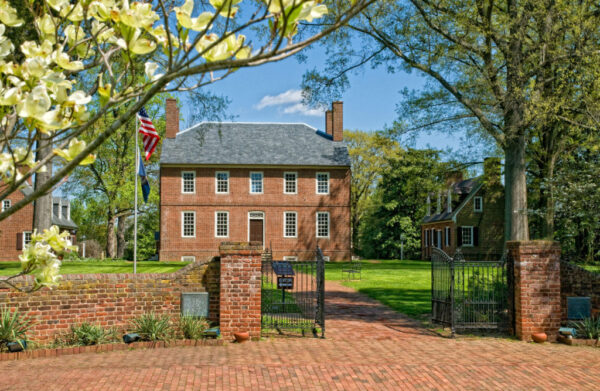George may have a Federal holiday, but Historic Kenmore is making sure his sister Betty has a party of her own. Betty Washington’s 291st birthday celebration will be June 22 at her Fredericksburg home Kenmore.
Betty Washington Lewis and her husband Fielding Lewis began construction on Kenmore in 1769, and the family moved in by the fall of 1775. The Fredericksburg plantation originally covered 1,270 acres, now reduced to a single city block. Kenmore is notable for its 18th-century decorative plasterwork ceilings. After Fielding’s death in 1781, the property passed to his first-born son, John, while Betty stayed on for 14 more years. Kenmore has had eleven owners and has been owned by The George Washington Foundation since 1925. It was designated a National Historic Landmark in 1970.



